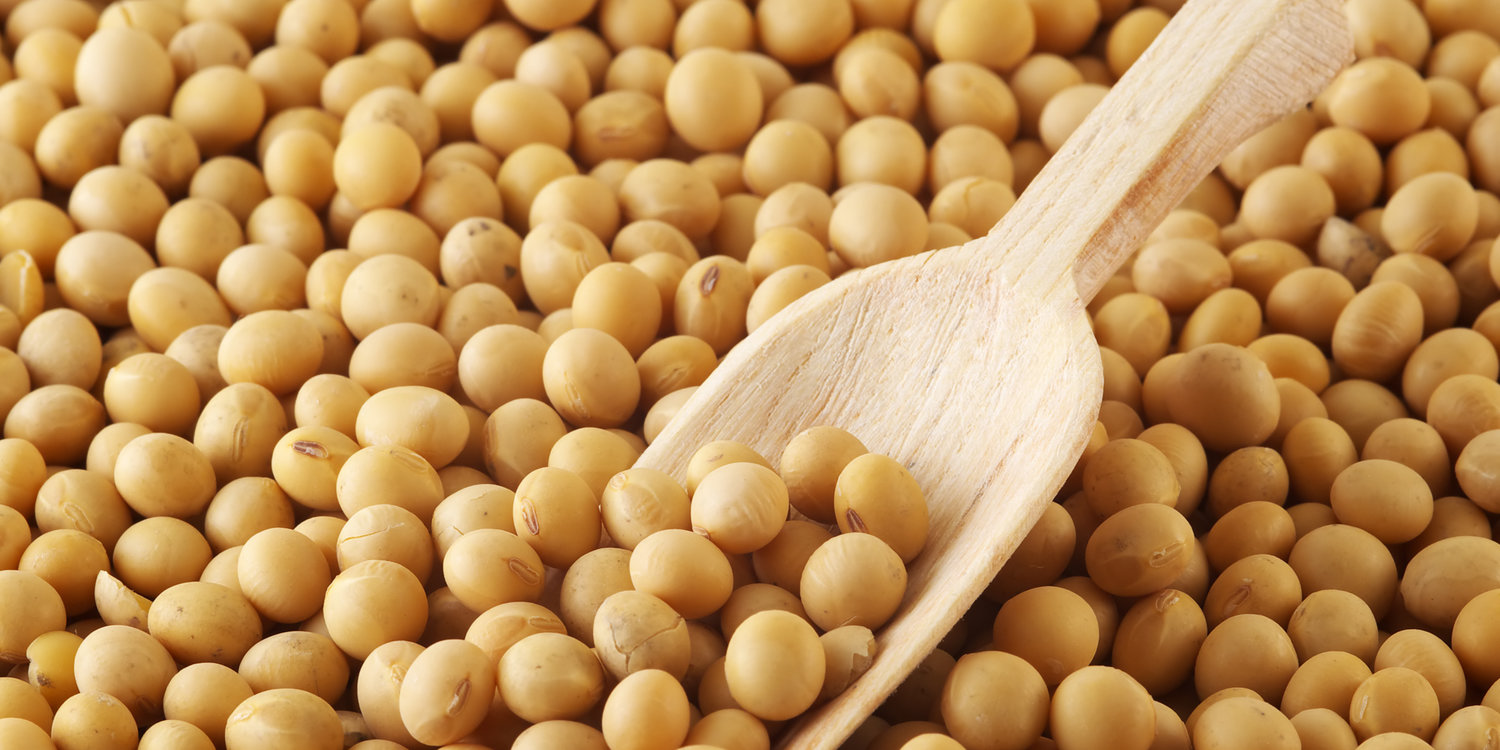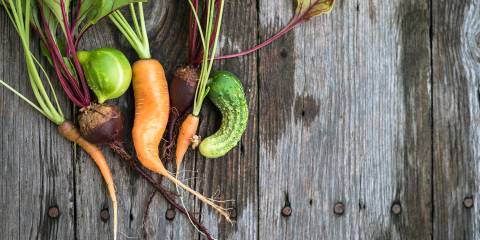Dating back as far as 4,000 years, beans are one of humanity’s oldest foods. Enjoyed in just about every culture, beans can be combined with vegetables, meat, rice, or grains into soups, salads, pastas, dips, and more. What’s not to love about the humble bean?
A Nutritional Powerhouse
Members of the legume family, beans are an excellent source of plant-based protein and one of the best sources of soluble fiber, which has been shown to lower cholesterol and help reduce the risk of Type 2 diabetes. They contain B vitamins, iron, magnesium, phosphorus, potassium, calcium, and zinc. In fact, the combination of these nutrients—as well as the fiber in beans—may help decrease the risk of heart disease and various cancers.
Beans contain a dietary fiber known as resistant starch. This fiber, which is more abundant in legumes than in many other foods, resists being digested until reaching the large intestine. Once there, its fermentation activates the growth of beneficial bacteria. Because of this process, resistant starch can be considered a prebiotic. Improved bowel function, higher satiety, greater absorption of micronutrients, and balanced blood glucose and insulin responses are some of the benefits.
Soy Good
Versatile and popular, the soybean offers the most protein of any legume. It’s hard to imagine a natural products store without some manner of soy—Tofu, edamame, soy nuts or soymilk, flour, and tempeh are just a few of the many foods that originate with the soybean. A good source of calcium, soybeans also contain phytochemicals which may help prevent cancer as well as improve bone density. A two-part study shows that low-carbohydrate soy foods have a lower glycemic index. Eating soy products as part of a healthy diet may help improve insulin levels and blood glucose control.
A recent study reviewing 14 trials to determine possible effects of soy on thyroid functioning in healthy subjects concludes that adults with hypothyroid do not need to avoid soy foods. However, those with compromised thyroid function or low iodine intake do want to ensure their iodine intake is sufficient.
;
In the Kitchen
Many home cooks shy away from beans because of the long soaking time that’s required before cooking. But don’t let this stop you from incorporating this inexpensive and nutritious protein source in your meals. Convenient and easy-to-prepare canned varieties come precooked and read to serve.
Dried varieties generally need to be soaked, except in the case of lentils. There are two main methods: cold soaking and hot soaking. To cold soak, place beans in a pot and cover them by a few inches with room temperature water. Cover the pot and set it aside for 8 to 12 hours. Drain and rinse the beans. Add fresh water to the pot before cooking as the recipe or package indicates.
The second method, hot soaking, is quicker. Place beans in a pot with enough water to cover by a few inches. Bring pot to a boil and boil for three minutes. Remove pot from heat and soak beans for one to four hours. Drain and rinse; cook as the package of recipe directs.
Dried beans come prepackaged or in bulk. Look for those with bright colors and smooth surfaces. While beans can be kept for indefinite periods of time, they do lose moisture and will require longer cooking times if stored too long. Keep them in airtight containers away from the sun. If you choose canned varieties, make sure you rinse them well before using. This not only brightens their flavor but also reduces sodium content.
Speaking of salt, don’t add this seasoning until the end of cooking. That also goes for sugars, tomatoes, vinegars, wine, and lemon juice. If added too soon, these ingredients will prolong cooking time and may result in that dreaded, undercooked crunch.




